Annual Review 2017/18
Vital voices
People are at the heart of what we do. This year’s report contains a variety of first person pieces, written by our staff, the NHS staff and industry representatives we work with, and members of the public with first-hand experience of one of our programmes. Browse their views and stories below.
Jane, a south Londoner and patient, reflects on taking part in a Community of Practice and speaking up about patient experience
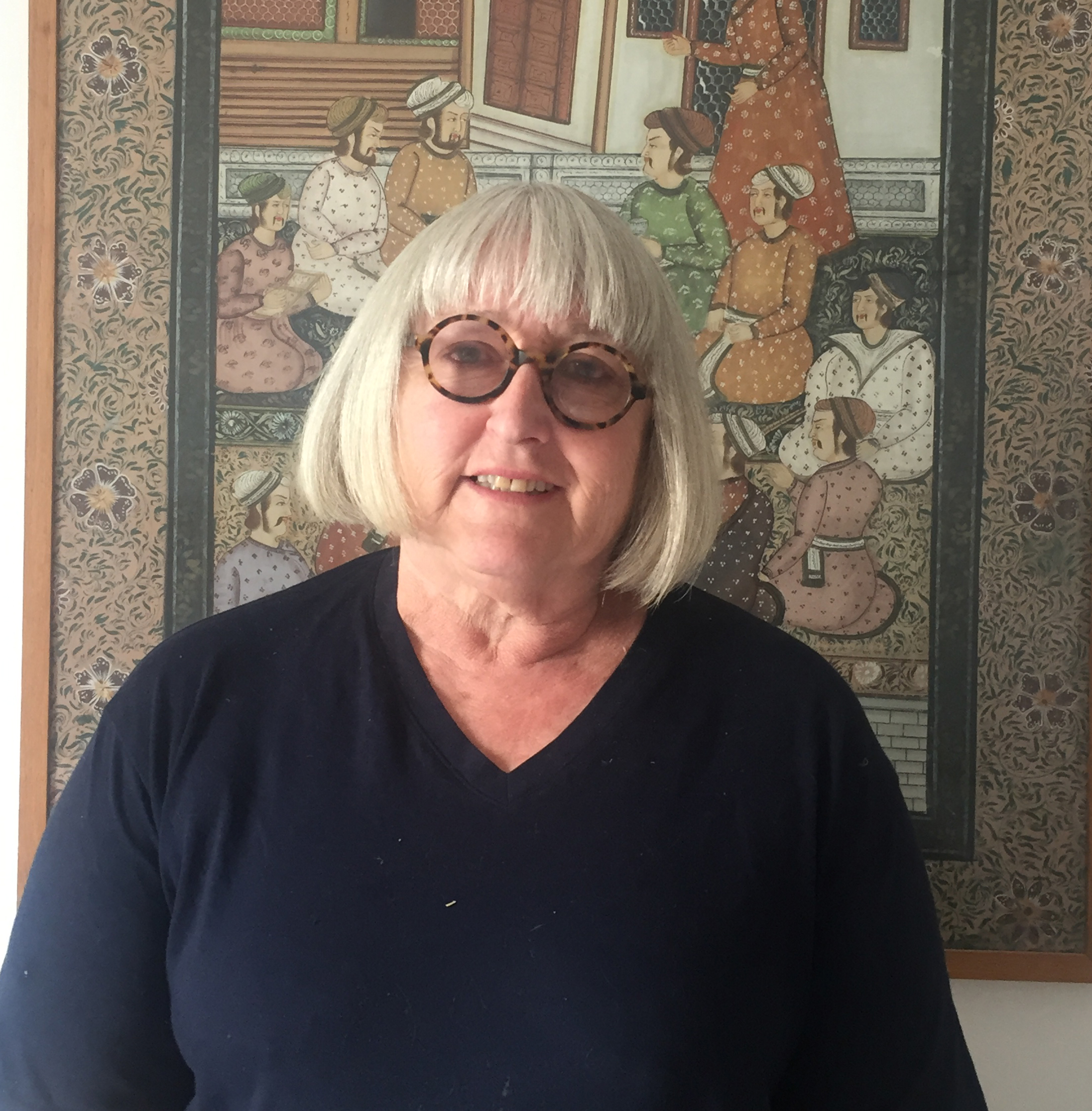
Jane Hopkins, Patient Member of the Medicines Optimisation Community of Practice in 2017/18
We had a ‘conversation of equals’ that put patient views at the centre, says Jane Hopkins, Patient Member of the Medicines Optimisation Community of Practice in 2017/18
I currently serve as a lay user representative on a number of NHS and local authority working parties and governance committees. I am over-70, registered disabled (partially-sighted) and having a number of co-morbidities (that require five or more medicines per day) – so I tick a lot of boxes. So, when I was approached at a London Clinical Senate forum in February 2017 by Patient Safety members, I agreed (albeit with a sinking feeling) and despite a limited knowledge of all matters concerning Medicine Optimisation and the existence of a HIN, to help plan a patient-led ‘community of practice’ event last July.
The HIN experience proved to be a refreshingly democratic and non-hierarchical process. It valued my own opinions, views and experience and those of the other two service users involved, and held them at equal weight. One of the few occasions when I didn’t feel ignored or side-lined as the ‘wallflower at the party that one has to invite’ which is so often the case for lay representatives.
A conversation of equals, with shared values and views about the delivery of quality and cost-effective practical solutions in the field of health and social care provision was heartening and hopefully met the founding principles and aims of the HIN. Health and social care research and top-down service design often fails to meet user needs, due to some overlooked, seemingly inconsequential or unforeseen aspect.
Arlene, ESCAPE-pain participant, shares how the six week programme changed her life
“My life has changed massively” says Arlene Rowe, who was in terrible pain because of Osteoarthritis before taking up the six-week programme

“Since being on the ESCAPE-pain programme, my life has changed massively. My first goal was just to stand straight. Now, I’m not hunched over, and I’m beginning to walk properly.
“I’m still stiff, I’ve still got arthritis, but what I don’t have is the pain. Occasionally I get twinges, but nothing that makes me miserable. Being able to sleep at night is wonderful. I’m not afraid to go out, I’m not afraid to cross the road, I can get on and off the bus okay, and I can get on the train.”
Our Healthy Ageing Director, Rebecca, talks about the need for a holistic approach to healthy ageing and better care plan sharing

Personal experience brings fresh resonance to a new holistic healthy ageing drive that features a focus on vision screening to prevent falls, new tech to share urgent care plans and detecting dementia in prisoners, says Rebecca Jarvis, Healthy Ageing programme director
11
South London boroughs now running the Red Bag pathway
It’s now been over a year since we broadened the scope of our theme into Healthy Ageing and it has been an exciting time of working with new partners and stakeholders. We have tried to approach ‘healthy ageing’ in a holistic way and have undertaken some new work focusing on Vision Screening to Improve Balance and Prevent Falls (VISIBLE) as well as continuing our work with care homes and spreading the ‘Red Bag’ across 11 south London Boroughs.
One new area for us was the work we have done to improve the mental health of older adults. The number of older adults suffering from depression is startling, but the frustrating thing is that although older adults tend to get good outcomes from psychological therapies services (IAPT), they are not often referred to these services. This has personal resonance for me, as through this work I’ve realised that my grandma who died six years ago at the age of 98 probably had depression in the last few years of life but at the time it was not something that we thought about.
Something I’m very excited about is the work we’re doing with Coordinate My Care (CMC), a digital record of preferences for the end of life. The CMC team have worked so hard over the last few years to overcome the technical difficulties to share urgent care plans for vulnerable people electronically between different health settings. It now seems that many key stakeholders in London are recognising the significance of this and agree we need to help CMC reach its full potential rather than create something new.
We still have a strong focus on dementia as, after all, if you get it right for people with dementia you get it right for everyone. I particularly enjoyed working with the Alzheimer’s Society on their Sex and Intimacy in Care Homes project. To be honest, it wasn’t a topic I had spent much time thinking about before, but when I did I realised how important it was for care home residents to have opportunities to spend time alone with their partner. I also learnt that if you include the word ‘sex’ in a tweet you get the most ‘likes’ and retweets ever! Thinking about another captive audience (although for very different reasons) we have also been learning about dementia in prisons, again through our work with the Alzheimer’s Society who are keen to adapt ‘DeAR-GP’ to help detect dementia in prisoners. There is a relatively high proportion of prisoners who have dementia, it tends to affect them from an earlier age and is fraught with ethical dilemmas such as the right to provide consent to an assessment.
My final word goes to our 15 Care Home Pioneers. They are without exception, hard-working, dedicated and committed care home managers and given all of the difficulties facing the sector, their continued enthusiasm and passion is truly inspiring.
Reflections on spreading an innovation at scale and pace, from our MSK Director, Andrea
From a dream to help the thousands of south Londoner’s suffering with chronic joint pain to a popular service being offered across the country, ESCAPE-pain is not just another project, says Andrea Carter, Musculoskeletal programme director
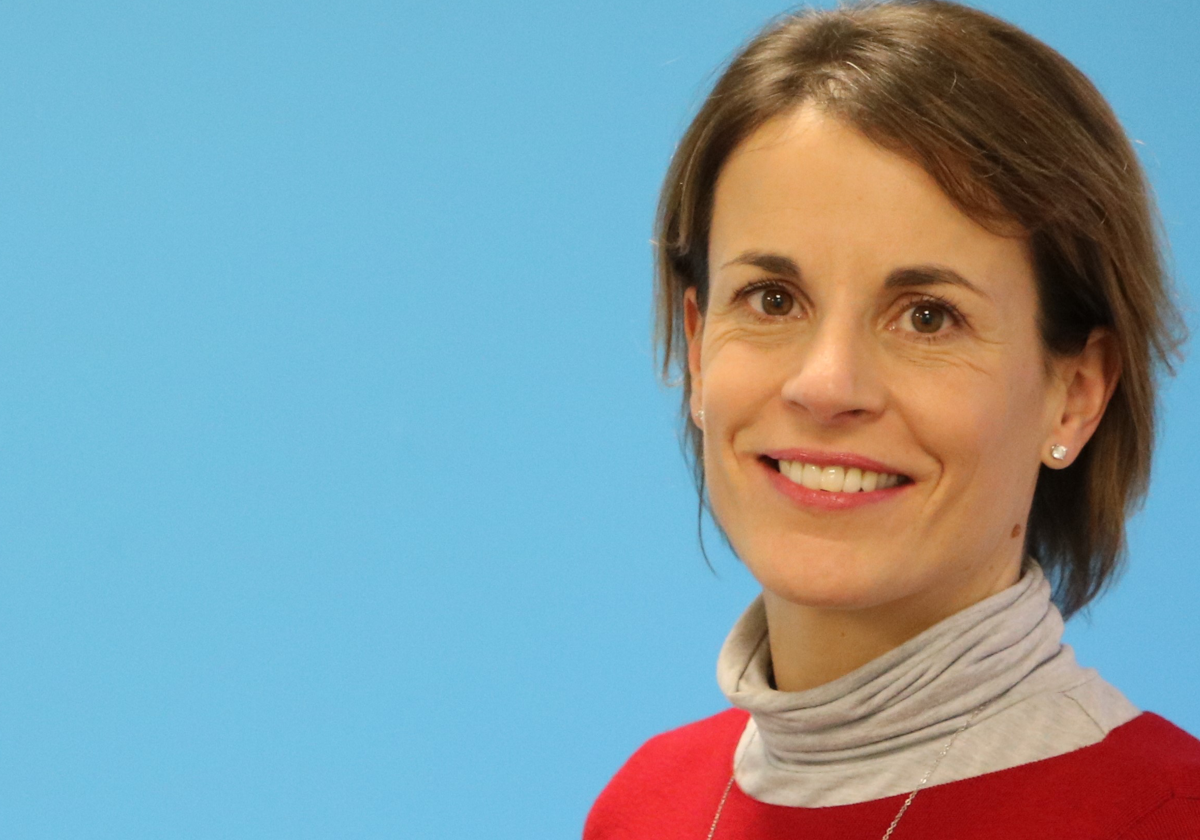
60
locations now run ESCAPE-pain sessions
Having worked at the HIN for most of its five-year licence, I have been reflecting on the spread of ESCAPE-pain, a rehabilitation programme for knee pain.
ESCAPE-pain is a 12-session, exercise and education programme that brings together groups of people suffering with chronic joint pain (also known as osteoarthritis) of the knee or hip, and equips them with skills to manage their condition.
We first became interested in the programme back in 2013 when we decided that our musculoskeletal programme should try to help the thousands of people in south London alone who are living with osteoarthritis with little support other than painkillers.
Although ESCAPE-pain had already been shown to be both clinically and cost effective, and endorsed by NICE at that time, only one place in the NHS was offering it. We set to work on a short project to persuade some of our local physiotherapy departments to deliver the programme.
We quickly realised that not only do patients and therapists love it, but there was a huge potential for the programme to be offered much more widely. Fast forward four years, we’re now working in partnership with Arthritis Research UK and Sport England and ESCAPE-pain has become a nationally-recognised programme, operating from 60 places across the UK, from physiotherapy departments to local community halls and leisure centres.
The AHSN Network has agreed that all AHSNs in England will now focus on rolling out the programme.
ESCAPE-pain offers people the opportunity to take control of their condition, and reduces the likelihood that surgery will be required. It improves lives, saves money and reduces demand on already over-stretched orthopaedic departments and GP surgeries. Our aspiration is for the programme to be routinely available to everyone who is suffering knee and hip pain across the UK.
Something that offers benefits all round? Certainly ‘not just a project’ – an innovation that truly ‘speeds up the best in health and care’.
Chris shares his story of exercising with Joint Pain Advisors
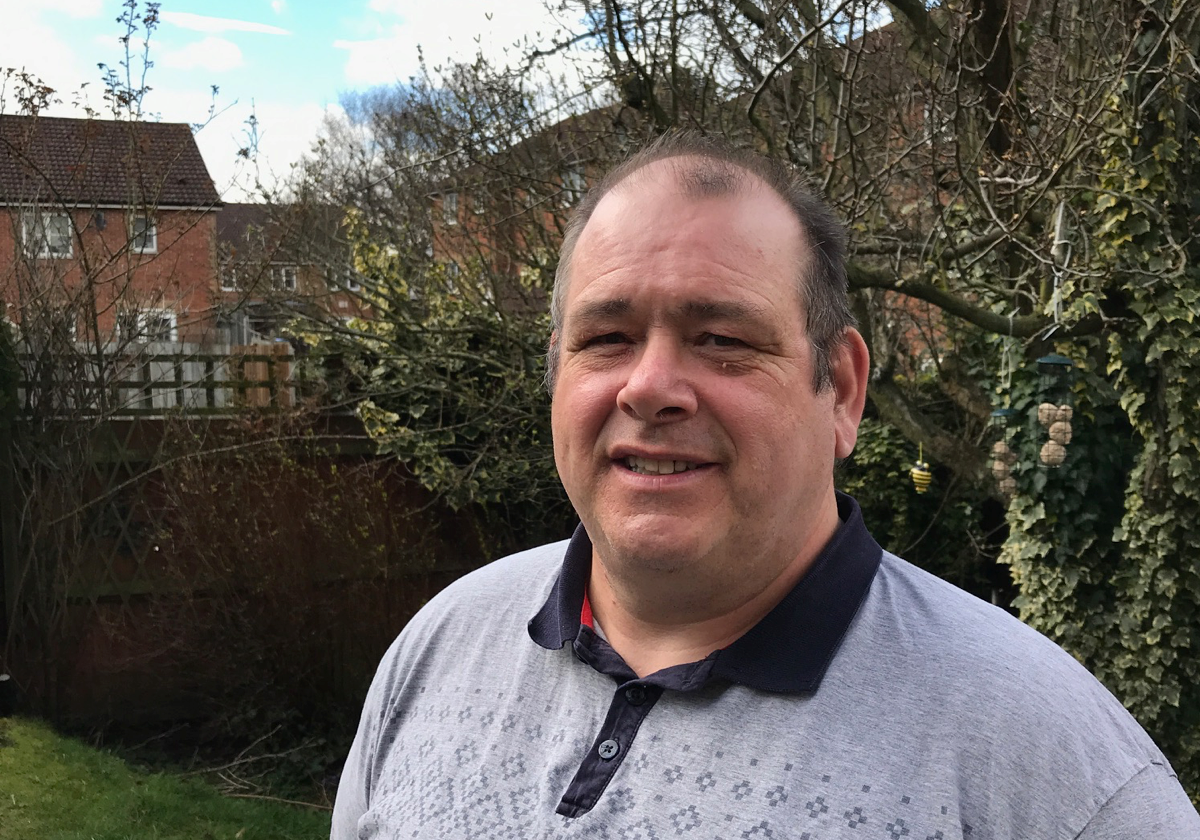
“The more I exercised, the less it hurt”, says Chris Smith, who accessed the Joint Pain Advisor service last year in Greenwich
“Since seeing the Joint Pain Advisor I’ve stopped my tablets. I can’t remember the last time I took them for my knee, which is fantastic. I’ve got healthier by doing simple exercises at home and able to walk better on my knee. I can walk up to my allotment now and the High Street – it’s about two miles.
“Subconsciously, sometimes I felt I wasn’t doing the right thing – especially about exercising when it hurt at the start, but the more exercises I did the less it hurt. I thought the Advisor must know what she’s talking about as it isn’t hurting any more. When I eventually saw the physiotherapist they told me exactly what the Advisor recommended. So I was ahead in terms of getting better.”
One mother’s story of sepsis and how acting quickly saved her daughter’s life
‘Last Wednesday, you posted the video with the signs of sepsis. On the Thursday my daughter became ill and if it wasn’t for your video I wouldn’t of took her to the A&E at 2 in the morning.
‘Your video helped me make the right choices for my daughter and help catch sepsis early. I don’t know who sees this message, but I just wanted to say thank you for the video and making awareness. This will save lives.’

Darzi Fellow, Alex, shares his experience of rolling out mobile ECG devices across south London
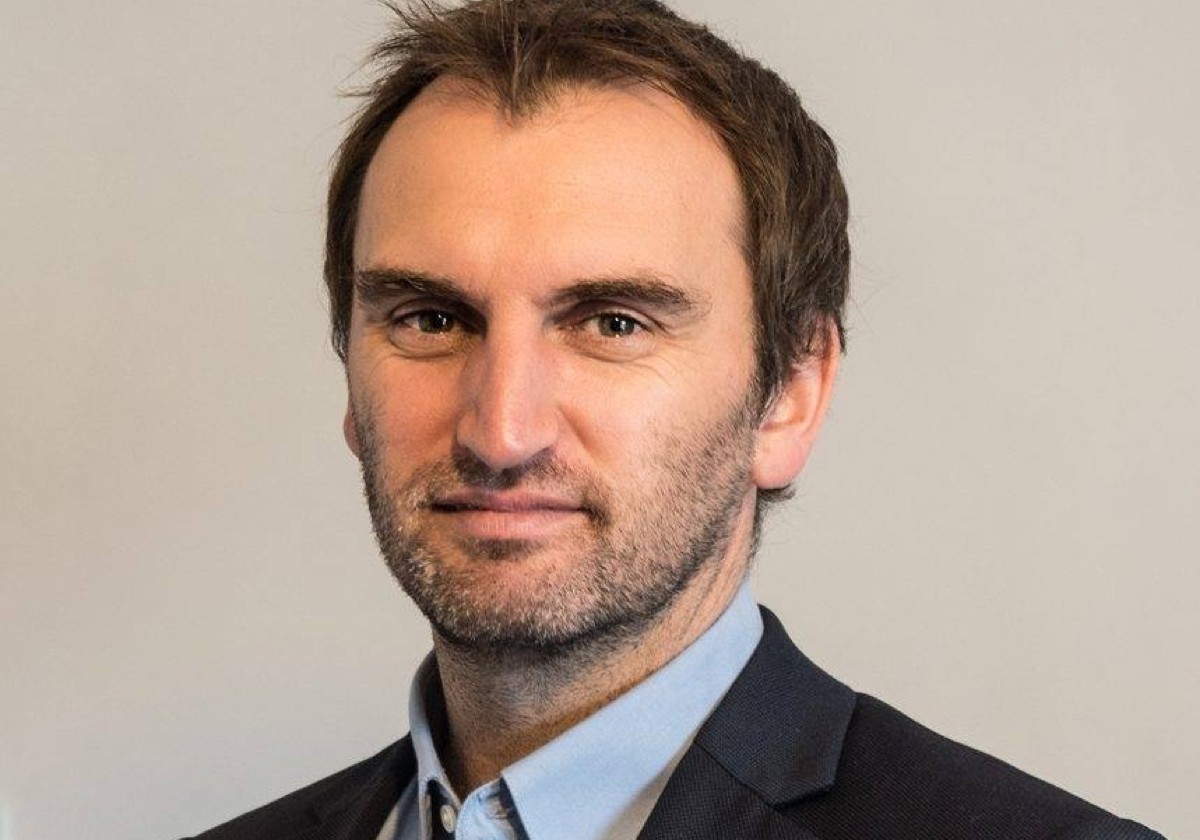
Arming local firefighters, pharmacists and podiatrists with new tech to detect irregular heartbeats will help us support people with Atrial Fibrillation and reduce their risk of stroke, says Alex Lang, Darzi Fellow in the AF & Stroke Prevention team
For the past nine years, I’ve worked as a stroke dietitian at St Thomas’ Hospital, seeing the devastating impact that stroke has on individuals and their loved ones. While there are many risk factors for stroke, one of the less well known amongst the public is Atrial Fibrillation (AF). This irregular heart rhythm is linked to 1 in 5 strokes and often causes more severe strokes.
Half of people who have a stroke caused by AF, didn’t know they had the condition, which can present with no symptoms. AF is relatively simple to diagnose with a manual pulse check and to treat with medication which can reduce risk of stroke but over 60,000 Londoners have undiagnosed AF. Some people only discover they have AF once it’s too late and they’ve had a stroke.
We heard London Mayor Sadiq Khan urging Londoners to #KnowYourPulse during November’s Global AF Aware Week, and it was great to see the enthusiasm from our members across south London who got involved during this time to raise AF awareness in their local areas and offer pulse checks to staff and the public alike. It was also brilliant to see Millwall FC embrace the awareness week by including a piece in their match day programme to support the health and wellbeing of their supporters.
My role at the HIN is within the diabetes and stroke prevention team where I’m leading on the roll out of around 350 mobile ECG devices across the 12 boroughs of south London. This is part of a national AHSN network project being replicated across the other 14 AHSNs in England. While some people will receive a manual pulse check when they visit their GP or local hospital, many will not. Many people do not visit healthcare professionals until there is a problem.
This project is aiming to make south London the best place in England to have undiagnosed AF, increasing the chances of local people being offered a pulse check using a mobile ECG device while visiting a range of healthcare and non-healthcare settings as part of their day to day life. People identified with possible AF are usually referred to their GP for further investigations and treatment.
Since launching devices earlier in the year, we have mobile ECG devices across south London within a wide range of settings including podiatrists, pharmacists, GP practices, community rehab teams, urgent care centres, acute mental health units and mental health community teams to name but a few. We have more devices and settings on the way. London Fire Brigade have added AF tests to their Fire Safe and Well checks in Merton for example, a borough that has embraced third sector organisations in their aims to detect those who are at greater risk of stroke but don’t realise it. Data is captured on a monthly basis to help measure the impact this project is having and ensure the devices are being used effectively. It’s estimated that to prevent one person from having a stroke, you need to detect and treat 25 people with undiagnosed AF.
Although it’s still early days, it’s great to see this project start to prevent strokes, making savings on a human and healthcare system level. It feels like the project is gaining momentum with features on the BBC’s One Show, local radio and television and national newspaper articles increasing awareness. They say prevention is better than cure, and in the case of stroke, this is certainly the case. I’m hoping as more people with AF are detected and treated, that my colleagues working at London’s hyperacute stroke units will start seeing fewer admissions in those with undiagnosed AF, with fewer people dying and being disabled following stroke.
Zoe reflects that partnerships and people have been at the heart of the Health Innovation Network’s first five years
The Health Innovation Network has evolved through tapping into diverse skills of clinicians from across disciplines to forge an organisation that has the right expertise, at the right time, says Deputy Chief Executive Zoe Lelliott
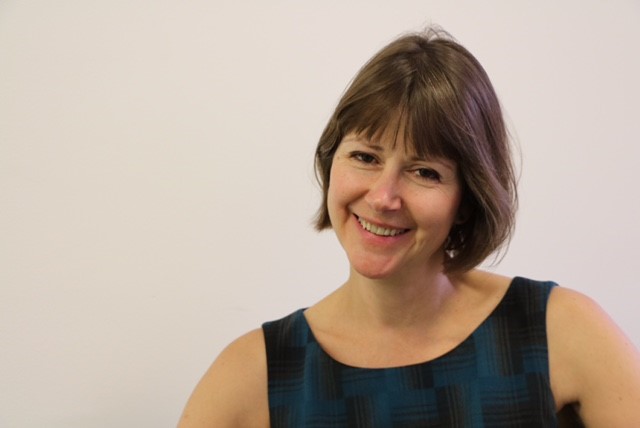
The Health Innovation Network has just celebrated its fifth birthday. When we first received a ‘licence’ from NHS England back in May 2013 we began our work with two directors, one programme manager and a secretary, sharing office space within Guy’s hospital. Now we have an enthusiastic and committed workforce of over 70 and are setting out with a new and ambitious five year plan.
Over the period we have successfully delivered against many of our initial ambitions. Our clinical themes have made a significant impact on important local health issues, which are covered in more detail elsewhere in this report. However, highlights include achievement of our target for south London residents with diabetes using insulin pumps, supporting the development of the ESCAPE-pain programme for chronic joint pain, which is now being rolled out nationally, and developing a simple tool for case finding dementia in care homes. We have also made a name for London as a digital health capital, establishing Digitalhealth.London with its recognised Accelerator programme.
12
Darzi fellows have contributed experience and ideas from their diverse clinical backgrounds to important HIN projects.
Our success has been built on the highly skilled and experienced staff we have attracted to our growing organisation. We have strong multidisciplinary teams, and have employed doctors, nurses, physiotherapists, podiatrists, public health specialists, paramedics, academics and dieticians alongside managers and professional project managers. Many of these staff, in particular our more senior staff, have been with us for some years, meaning that they have developed effective relationships with teams in our member organisations. Many of our staff leaving the HIN have gone on to significant promotions, of which we are proud. We have also supported a dozen Darzi fellows, who have delivered projects with a lasting legacy, as well as three PhD students. We are delighted that our knowledgeable staff have repeatedly been referenced positively in responses to our stakeholder surveys.
Our collaborative approach and strong personal connections across the south London health economy have underpinned successful local partnerships. We work very closely with King’s Health Partners (for example, having a joint Senior Responsible Officer for our diabetes work) and have supported our local Collaborations for Leadership in Applied Health Research and Care (CLAHRCs) right through from its original application to National Institute for Health Research. We have delivered many joint initiatives with Health Education England, including our very popular small grants awards.
The Health Innovation Network has always promoted the view that we are only successful if all 15 AHSNs succeed, and our leadership team has been committed to national developments. Our leadership role on Digital and Artificial Intelligence is recognised at a national level by NHS England and National Survey of Health and Development. We also played a key role in supporting the national spread and adoption programme, which has resulted in the successful Atrial Fibrillation work, and the current AHSN Network national programmes. We’re proud to have led the way on establishing the DH.L Accelerator, and we are delighted that this is now being established on a national basis.
We are currently in the process of developing further ambitious plans for the next five years – but are able to build on the strong foundations of the last five years. Namely, an impressive team of experienced and skilled individuals, with a well-deserved reputation for delivering improvement!
Using video games to make physiotherapy fun: Mira’s spread

Mira is an innovation supported by the DigitalHealth.London Accelerator programme. It is a software platform designed to make physiotherapy fun and convenient for patients recovering from surgery or injury. Here we tell part of its story of spread across the NHS.
The system transforms existing physical therapy exercises into video games and uses an external sensor to track and assess patient compliance. These “exergames” can help prevent falls among older people and has been shown to be statistically significant over a twelve-week period in improving balance, reducing pain, and decreasing the fear of falling.
Philomena Clarke, Scheme Manager at a sheltered housing facility where Mira was trialled, said: ‘I think it’s the way forward. I think it’s something that should be rolled out across the whole of the country.’
One patient added: “I feel the games are very, very good and I can see the benefit from people using the games for exercising…there’s something to focus on and I could see the benefit almost straight away.”
The games can be used for people of all ages, with the youngest patient being two, and the oldest to date being 102. The simple, user-friendly design means it can be used in patients’ own homes, and therapists can tailor the games to suit individual patients’ needs.
Mira is currently used in 72 institutions worldwide, 23 in the UK. The most notable NHS ones are:
• Manchester University NHS Foundation Trust – using MIRA for post-op shoulder rehabilitation
• Royal National Orthopaedic Hospital NHS Trust – using MIRA for shoulder instability in adolescents and expanding it to paediatric and adult rehabilitation as well.
• Guy’s and St. Thomas’ NHS Foundation Trust
– Evelina London Children’s Hospital are using MIRA for paediatric neurological rehabilitation and are now expanding to use it in paediatric rheumatology.
– St. Thomas’ have used it before in their adult neuro outpatients’ wards
• St. Helier Hospital (part of Epsom and St. Helier NHS Trust) – using MIRA in their Intensive Therapy Unit with patients in bed.
– Great Ormond Street Hospital will use it in two locations in the neuro oncology ward and the main Physio Gym.
– Chelsea and Westminster NHST FT will use it with their paediatric neurological patients and are also considering using it in their Burns ward.
Our Patient Safety Director, Catherine, talks about the role of collaboration in safer care across south London
Using film to help spot sepsis and delving into behavioural insights are just two examples of work to speed up the best in innovation, says Catherine Dale, Patient Safety programme director
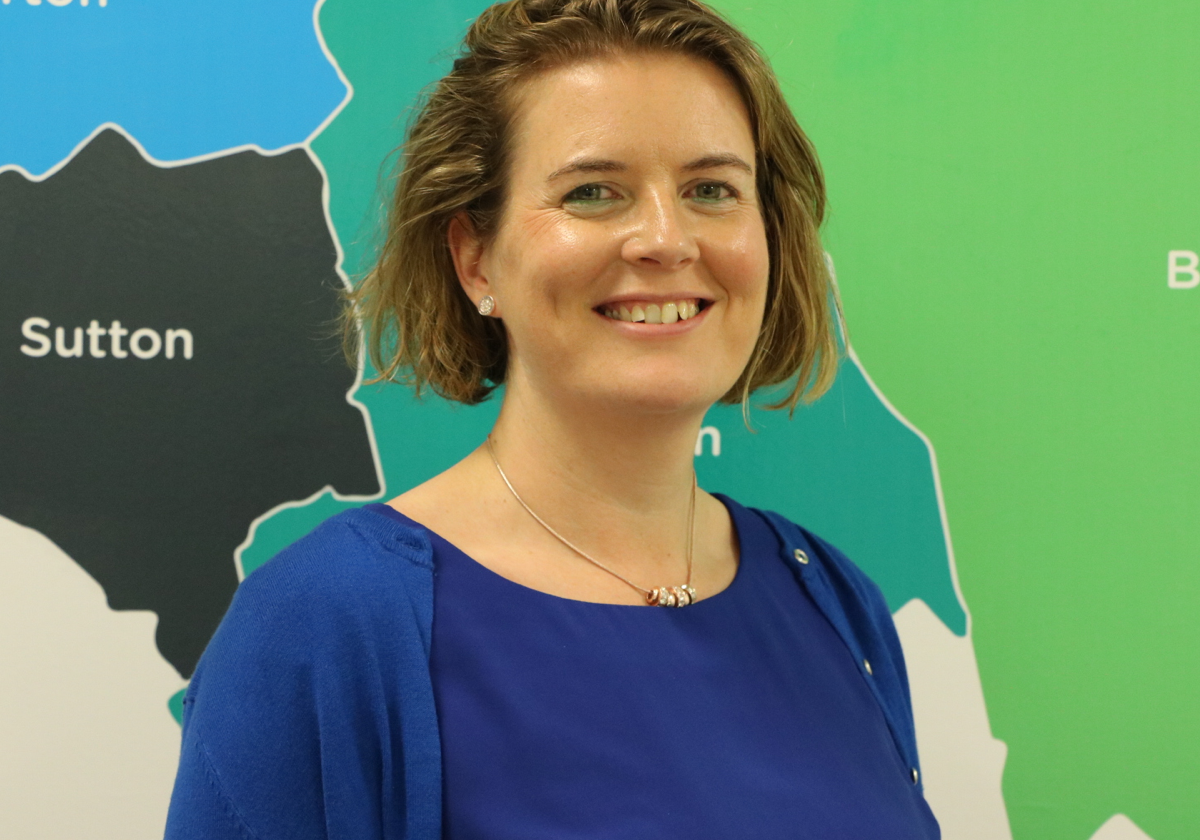
Our patient safety work is a Patient Safety Collaborative, which is a regional networked approach to patient safety set up in 2014 – one year after the start of AHSNs. This was in response to a call from Don Berwick and colleagues for ‘the NHS to become a system devoted to continual learning and improvement’ to strengthen patient safety .
We support members with patient safety challenges at both local and national level. We have carried out a wide-ranging programme of work encompassing catheter care, spotting sepsis in children, medicines optimisation and Communities of Practice.
Catheter care is an important safety issue because it is common-place and yet far more dangerous than we tend to recognise. We took a well-established improvement approach of bringing teams together across south London, encouraging them to measure and monitor for improvement and learn from one another. We had demonstrable results including a 30% reduction in the rate of infections.
Our Spotting the signs of Sepsis film is an innovative way of presenting information to patients – or in this case their parents. Rather than a leaflet, we developed a film including footage of children with real symptoms so that people know what to look out for.
Well before Medicines Optimisation became a fully blown priority for AHSNs, we have been working extensively with pharmacists and other clinicians on the wide-ranging topics of safe medicines-related care.
Part of this Medicines Optimisation work has been brought about by us establishing a Community of Practice. Communities of Practice are driven by people coming together on a topic they are passionate about and want to work collectively to address.
The HIN is uniquely placed to bring together people from a range of healthcare settings across south London, and beyond. This has the added bonus of building relationships and trust between parts of the system that can sometimes feel fragmented.
Looking to the future, our current work in Patient Safety has more of a focus on those areas where we are able to become greater than the sum of our parts with colleagues in the Patient Safety Collaboratives across all 15 AHSNs. Specifically, this is in maternal and neonatal safety, safety culture and patients whose condition is deteriorating.
In line with our purpose at the HIN of ‘speeding up the best’ we are exploring the most effective way to use behavioural insights to short-cut some of the usual efforts we seem to go through to implement good ideas in the NHS and healthcare more widely. We will be building on our catheter care work and aiming to incorporate this in our deterioration activity too.
Patient Safety is only one aspect of experience of healthcare. It is a fundamentally essential one and when things go wrong in healthcare they can have devastating effects on patients, families and staff. We are planning to take our expertise in co-designing healthcare with patients and apply this to safety culture when things unfortunately go wrong and the Duty of Candour is required.
The world of patient safety and experience remains full of challenge and enormous opportunity and we are looking forward to working with our many colleagues to continue to take an innovative approach to creating an even safer experience for all.
2.8m
views of the NHS Choices/Health Innovation Network Signs of Sepsis video